Governor Jared Polis declared a disaster over the holiday weekend after bird flu was detected at a Weld County egg-laying operation.
This move activated the state’s emergency operations plan, bringing additional resources to address the outbreak.
Facility Details Remain Confidential
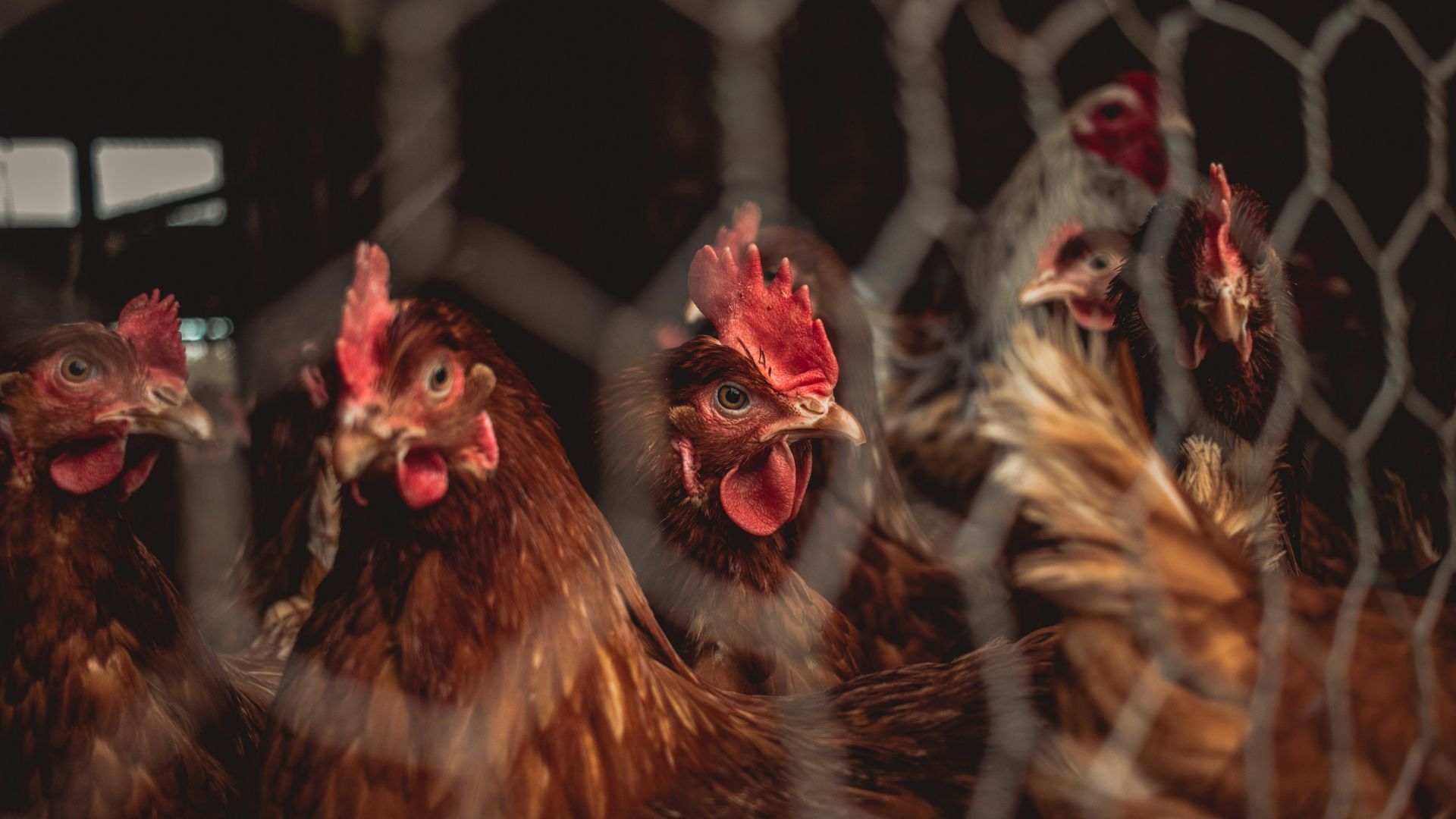
The Colorado Department of Agriculture has declined to name the affected facility. This decision is likely to protect the operation’s privacy while authorities work to manage the outbreak.
Despite the lack of specific information, the scale of the culling highlights the widespread impact on the poultry industry.
Second-Largest Culling in Colorado History
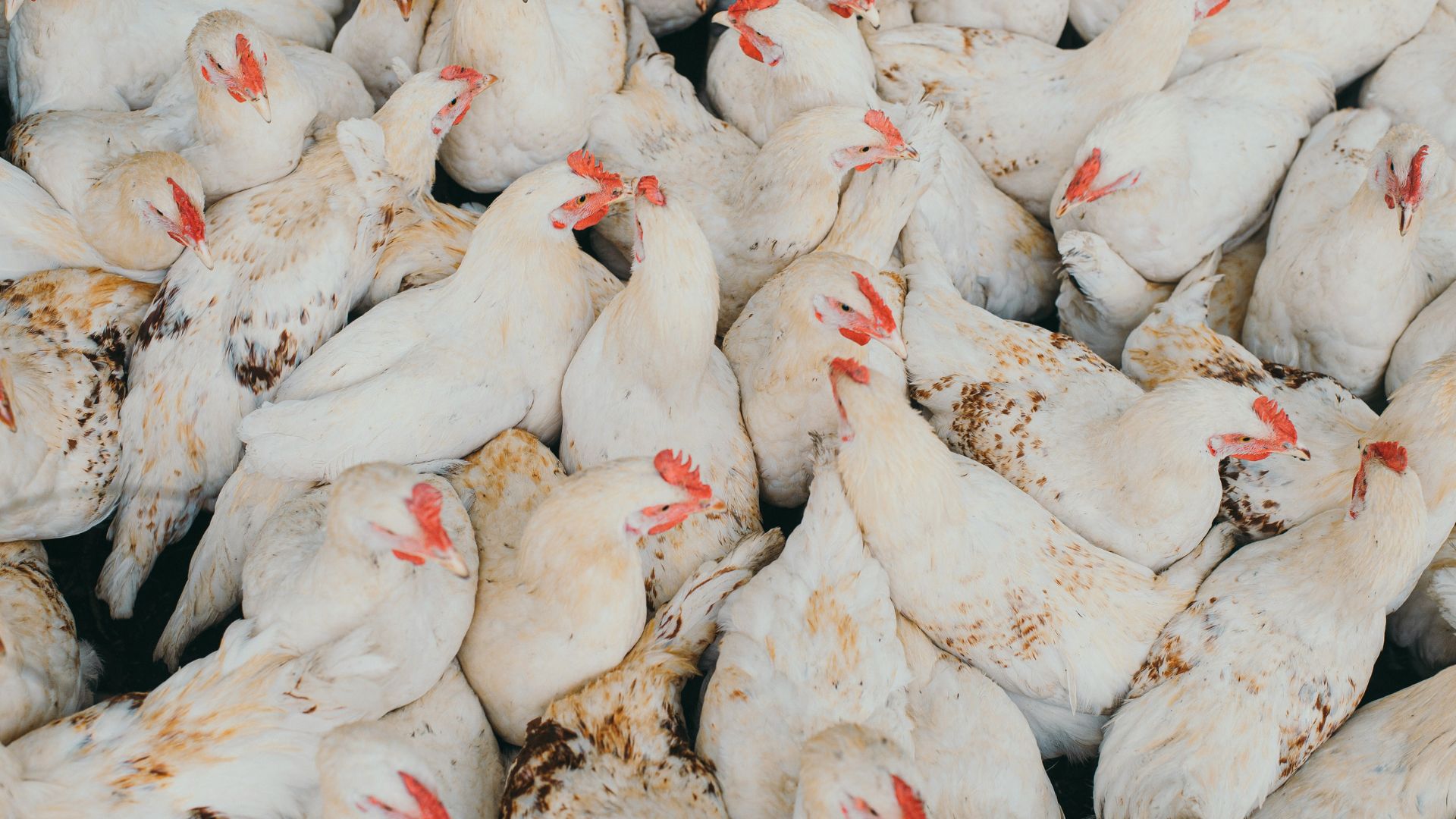
This culling event is the second-largest in Colorado’s history since bird flu was first detected in the state in early 2022.
The largest incident occurred in June 2022, also in Weld County, where over 1.9 million birds were culled.
Highly Pathogenic Avian Influenza Strain
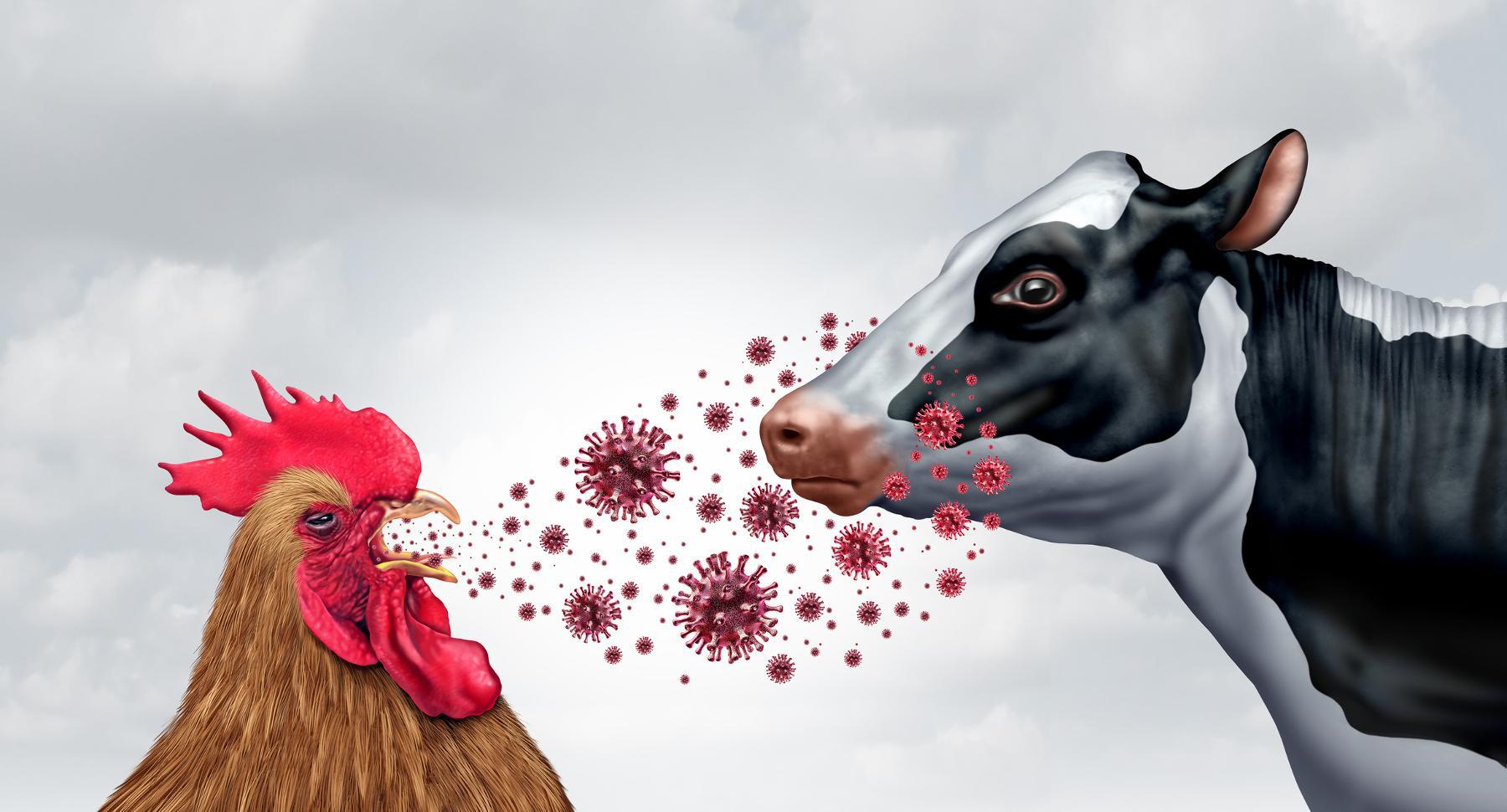
The strain of bird flu involved, known as highly pathogenic avian influenza (HPAI), is the same strain currently circulating through Colorado dairy herds.
While it is less lethal to cattle, it remains highly deadly to birds, necessitating drastic measures to control its spread. The virus has also affected some wild mammals.
Standard Protocols for Bird Flu Outbreaks
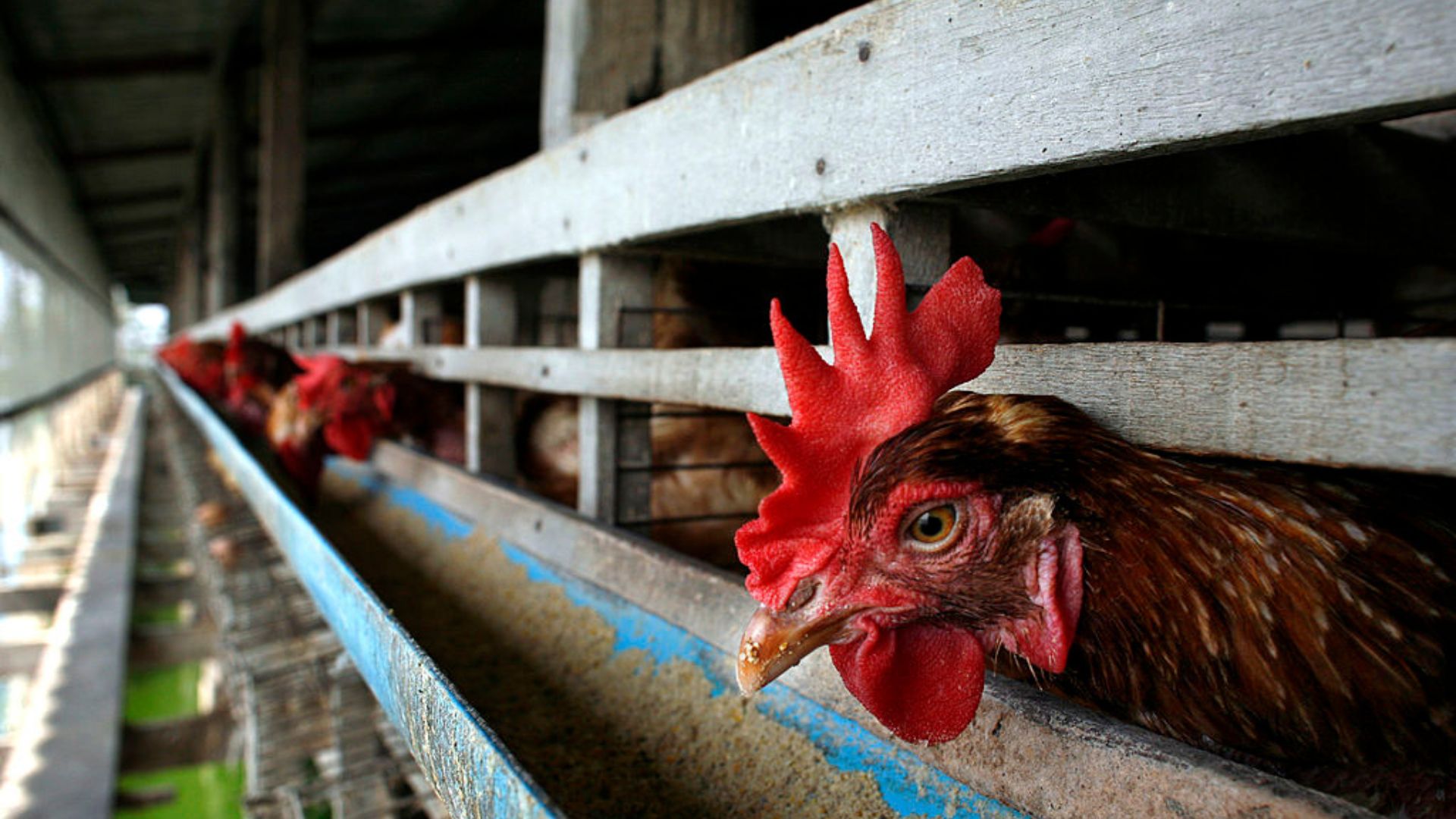
When bird flu is detected, standard protocols involve the killing of the entire flock and the destruction of any eggs. This approach aims to prevent the disease from spreading to other facilities.
Producers impacted by these measures may receive compensation from the federal government to offset their losses.
Previous Outbreaks in Colorado
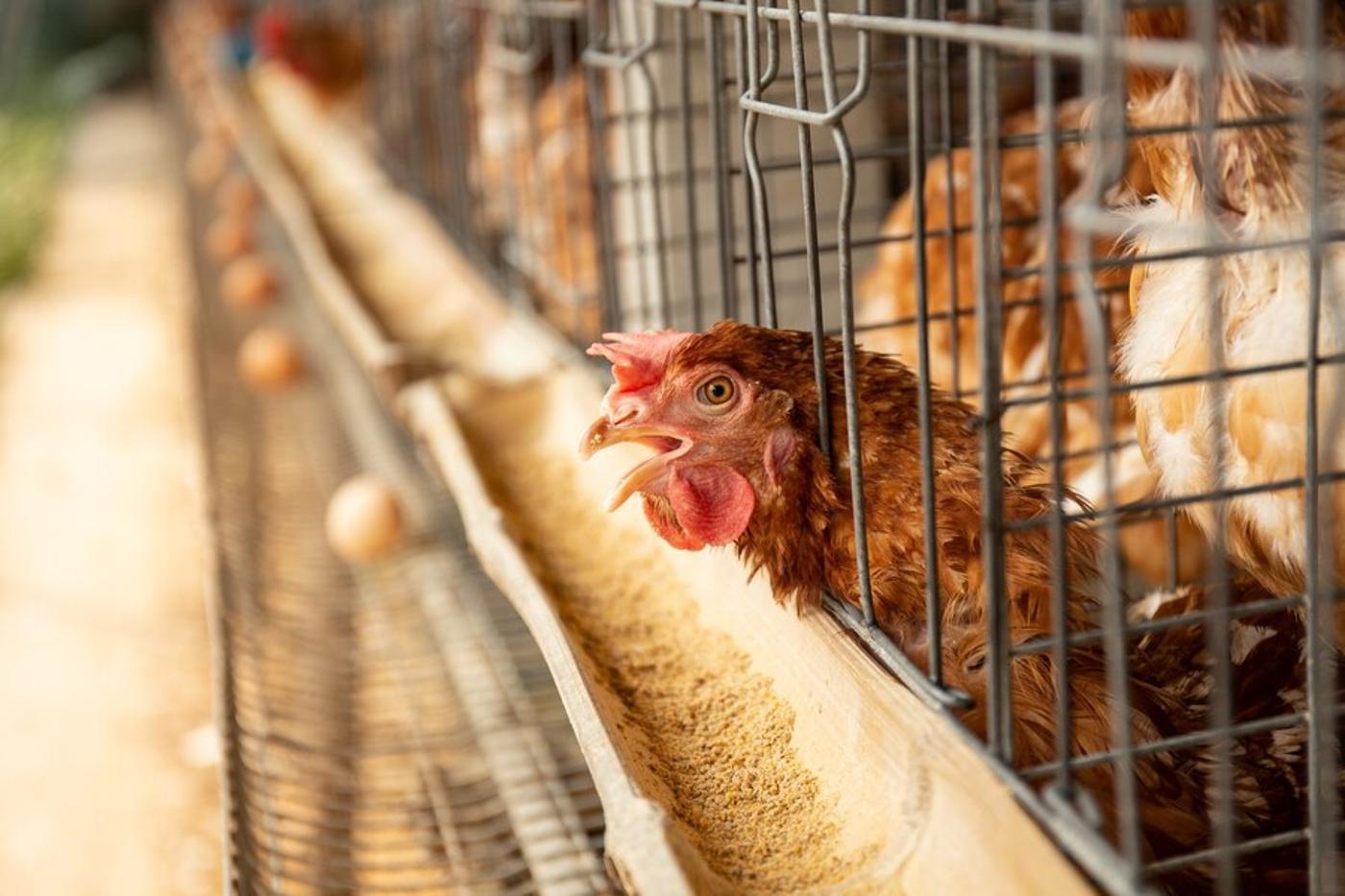
In February 2023, 67,000 chickens were culled following an outbreak in Delta County. This incident marked a grim resurgence of the virus after a relative lull in reported cases throughout 2023.
Most recent cases involved smaller operations and wild birds, but the Weld County outbreak shows the virus’s ongoing threat.
Impact on Wild Birds and Mammals

Since its detection in Colorado, the bird flu virus has killed numerous wild birds and affected mammals such as bears, mountain lions, and skunks.
The virus’s impact on wildlife highlights its potency and the broader ecological consequences of outbreaks. Wildlife populations continue to be monitored for signs of infection.
Human Cases of Avian Influenza

Colorado has reported two mild cases of avian influenza in humans. Both cases involved workers who had close contact with infected animals and recovered fully.
Despite these incidents, bird flu remains a low risk to the general human population. Health authorities continue to monitor for potential human infections.
Economic Impact on Poultry Industry
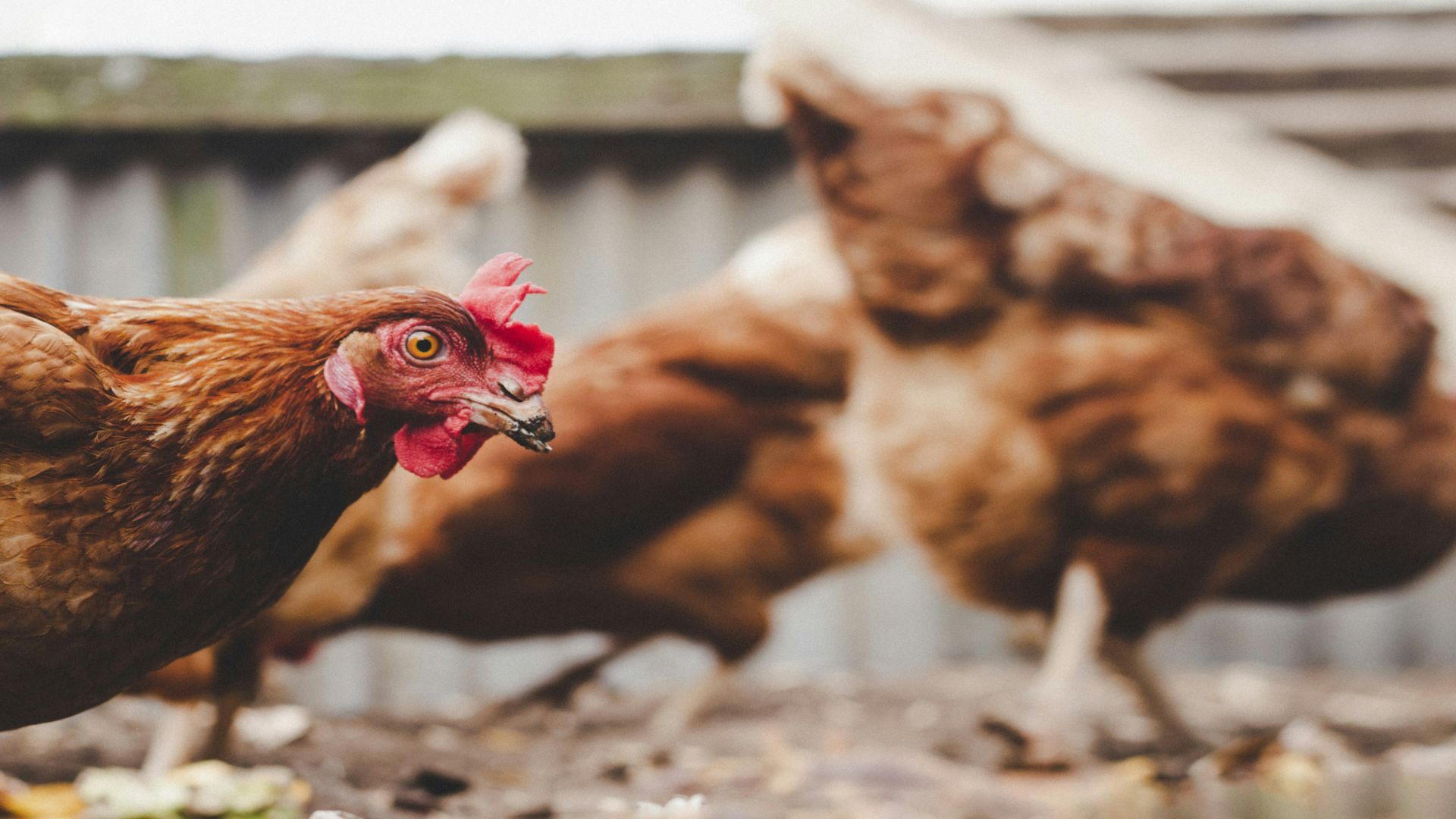
The culling of nearly 1.8 million chickens represents a significant economic blow to Colorado’s poultry industry.
The loss of such a large number of birds affects egg production and supply chains. Producers are likely to face substantial financial losses, even with potential federal compensation.
Preventative Measures in Place

To prevent further outbreaks, stringent biosecurity measures are being implemented at poultry farms across Colorado. These include restricting access to facilities, enhancing sanitation protocols, and monitoring bird health closely.
Such measures are crucial to containing the virus and protecting both commercial and backyard flocks.
Future Outlook for Colorado’s Poultry Industry
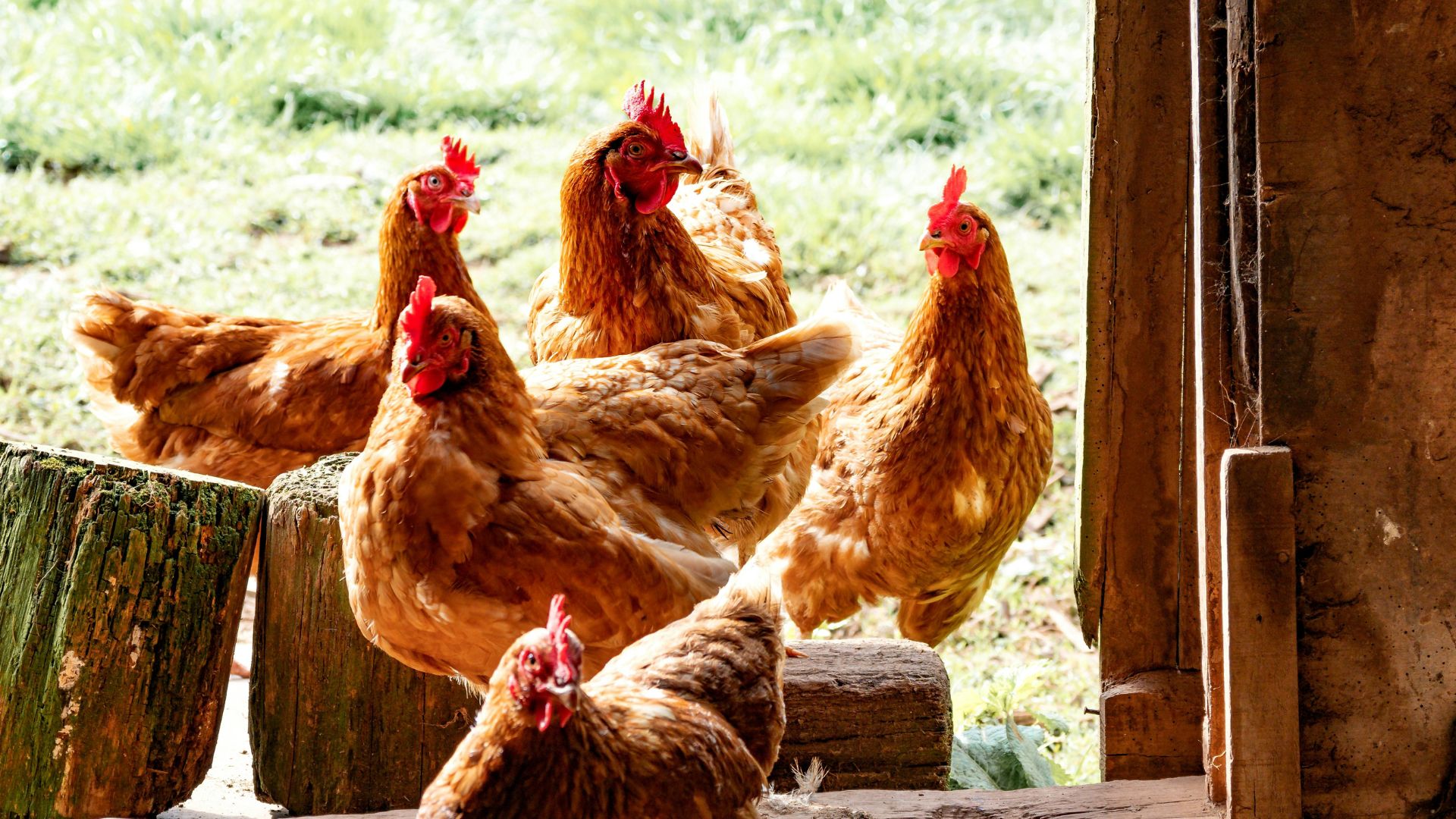
The ongoing threat of bird flu means that Colorado’s poultry industry must remain vigilant.
Continued investment in biosecurity and rapid response to outbreaks will be essential. Despite the challenges, the industry is resilient and committed to overcoming the impacts of this virus.
Community and Government Support
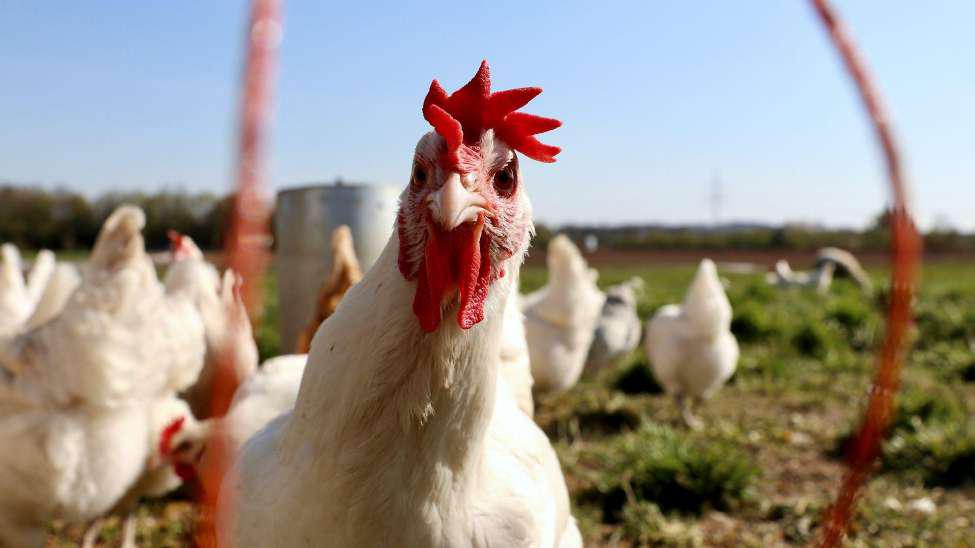
Community and government support play a crucial role in managing the outbreak. Local authorities, along with state and federal agencies, are working together to provide resources and assistance to affected producers.
This collaborative effort is vital for mitigating the outbreak’s impact and ensuring the industry’s recovery.








































